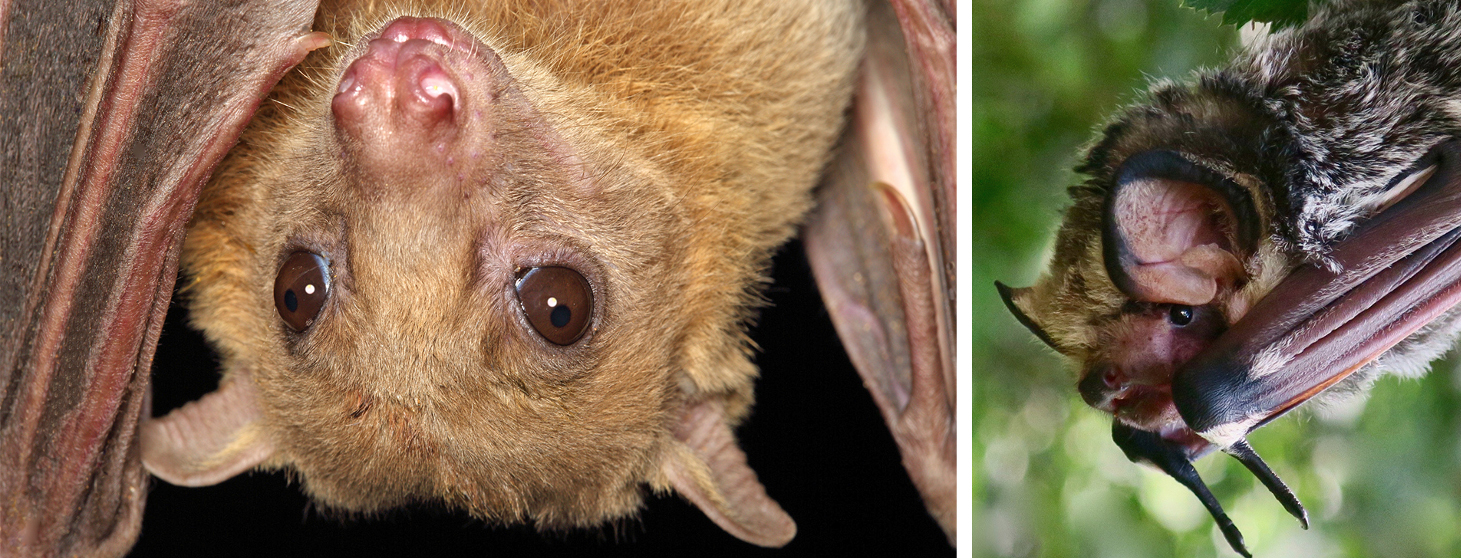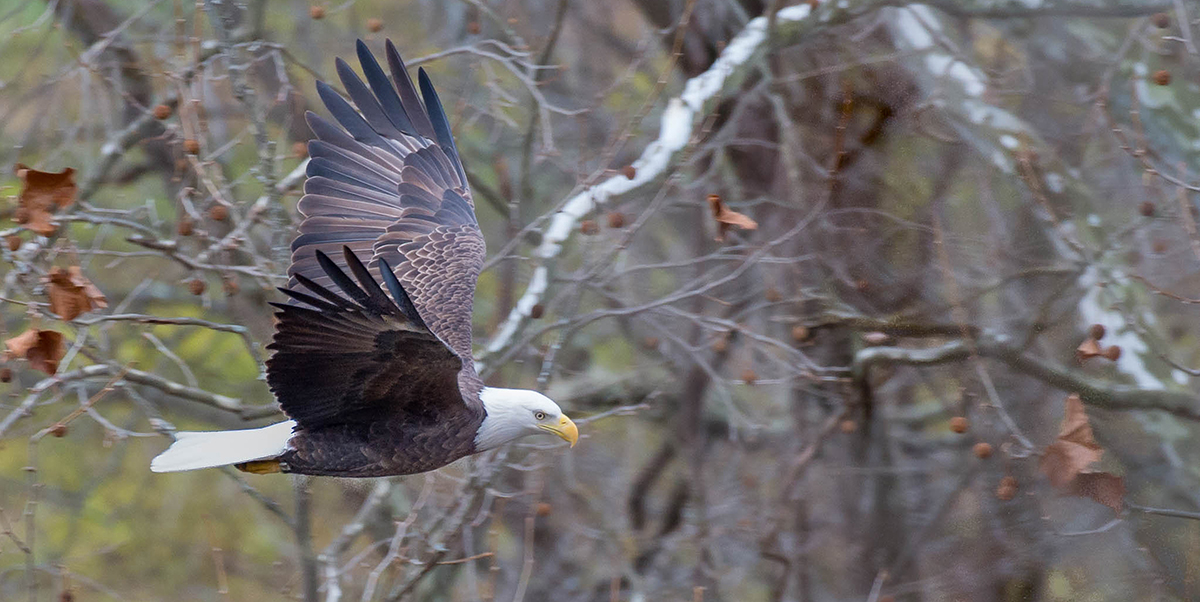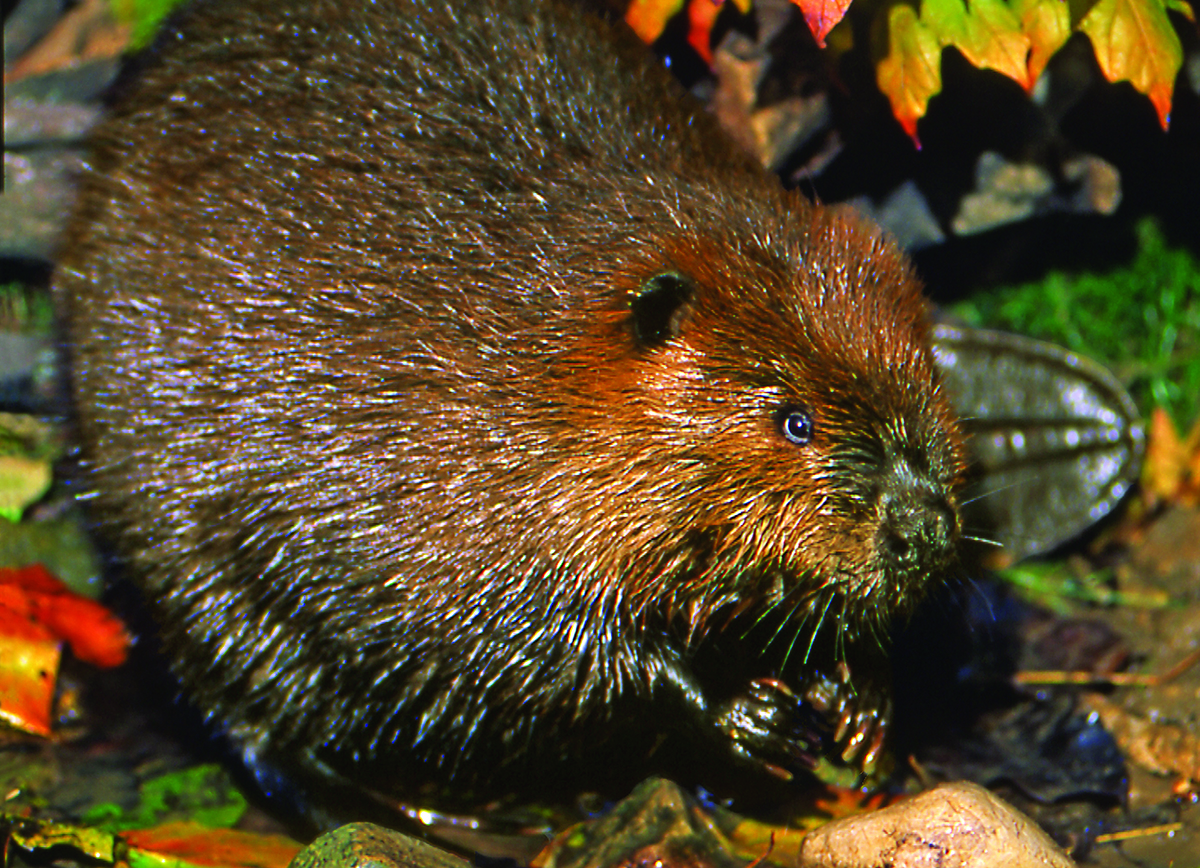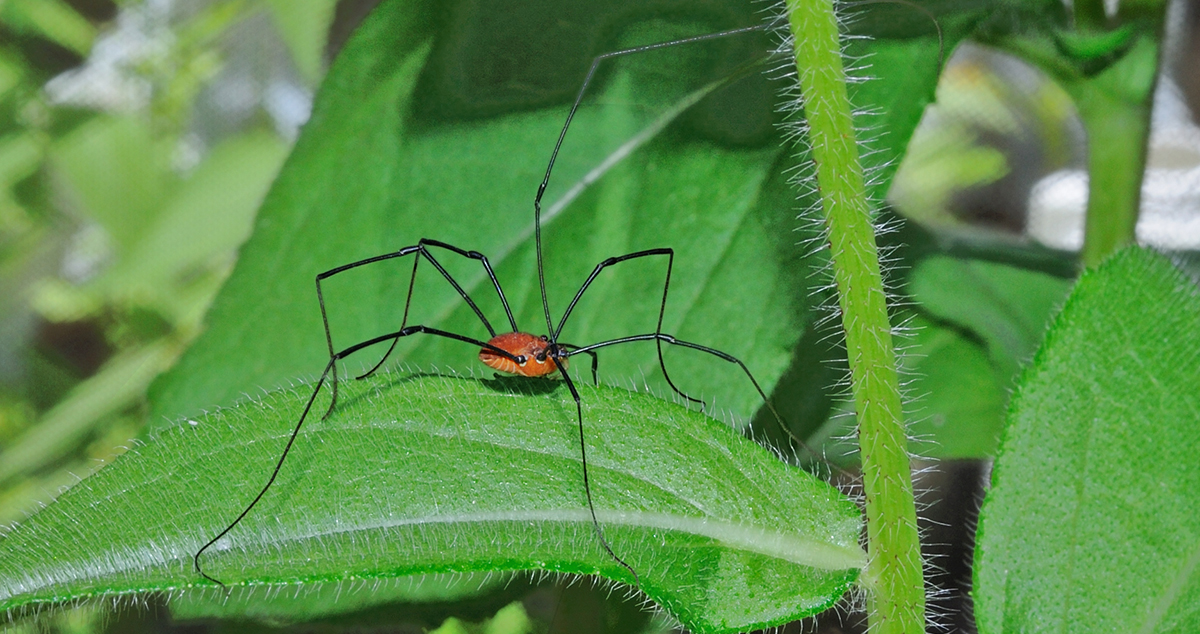SCOTT FELKER
Three Creeks Naturalist

As a Metro Parks naturalist, I’ve heard many things over the years. Kids often go into “stream of consciousness” monologues that usually start with “One time…” and include topics like squirrels riding in their car, having a bear as a pet, etc. If a parent or teacher is around, an eyeroll is usually observed.
Sometimes we hear nature “facts” that are really myths or misconceptions. Some are old and have been around a long time, while others seem to have arisen with the internet and social media. Two classic nature myths involve bats – bats are “blind” and bats “nest in your hair.” All bats can see and some see very well. Ohio’s bats can’t see in color and probably see far better than we do in the dark. Other bats, like the Megabats (fruit bats) of the old-world tropics see in color and have great low-light vision.
No one really knows how the old myth that “bats nest in your hair” got started. Maybe it’s because they swoop low and near us when hunting for insects. Maybe it’s because bats were included in curses and spells in times past. Perhaps it’s just because like many nocturnal creatures, they are mysterious to us. In any case, your hair isn’t where they hang out.

A story that made the rounds a few years ago was one about how when eagles reach a certain age, they fly to an isolated place and “shed their beak” before growing a new one. As an allegorical story about the need for growth and renewal, it is fine. As a factual story, well, an eagle without a beak would starve. Eagles, like all birds, shed and re-grow feathers but not beaks.

You may have read on the internet that artificial vanilla is made from “beaver goo” or “beaver anal glands.” Here’s the truth: About 99 percent of all vanilla flavoring consumed in the world is made in a factory – from petrochemicals and wood pulp in the case of artificial vanilla flavoring or rice bran and clove oil for much natural vanilla flavoring. Real vanilla made from vanilla orchid pods (“beans”) is challenging to produce and expensive. Vanillin – the dominant compound in vanilla – can be made from many things, including castoreum from beaver castor glands. Fortunately for beavers, producing vanilla flavoring from them is about as expensive as that from vanilla beans. Hundreds of millions (or more) of beavers would be needed to satisfy the immense worldwide demand for vanilla flavoring. The few hundred pounds of castoreum produced each year are used as a base for very expensive perfumes and for a traditional drink that absolutely has to be made with castoreum: “Baversnaps” – a Swedish liquor. Whether it tastes much like vanilla, who knows?!

Hardly a hike with kids goes by without someone finding a daddy long-leg. Inevitably, someone says that “daddy long-legs are the most poisonous spider in the world but their fangs are too small to bite you.” The common arachnid we call a “daddy long-legs” is not technically a spider, but a harvestman. It is primarily a scavenger and has no venom at all.
Cellar spiders, also sometimes called daddy long-legs, are a true spider. They feed on small insects trapped in webs but do have tiny fangs and a small amount of very mild venom. They can’t bite you and even if they could would cause you no harm.
What are some nature myths that you’ve heard?

A funny old myth I heard repeatedly as a child is that there was a snake that would grab it’s own tail and roll like a barrel.
Love this – I love all the animals ❤️
I believed that “poisonous daddy long legs” story for a long time! I’ve heard people say that dogs always face north when doing their, uh, business (def not true). And I was always told that bugs are more afraid of me than I am of them – also def not true lol.
Never seen the quote “bats nest in your hair” before but bats do fly low and near us in our backyard at sunset times. I like the quote!